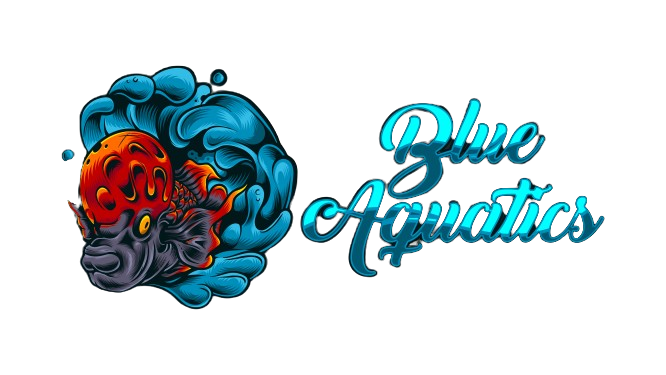Should You Really Feed Live Food to Your Flowerhorn Fish?
Hello, fellow aquarium enthusiasts! Today, we’re diving deep into a topic that’s often debated among fish keepers – should you really feed live food to your Flowerhorn fish? Flowerhorns are known for their vibrant colors and unique head shapes, making them a favorite among hobbyists. But when it comes to their diet, there’s a lot to consider. In this video, we’ll explore the pros and cons of feeding live food, ensuring you have all the knowledge you need to make the best decision for your Flowerhorn’s health and happiness. Let’s get started!
Understanding Flowerhorn Fish Diet
Before we delve into live food, it’s crucial to understand the dietary needs of Flowerhorn fish. In the wild, Flowerhorns are omnivorous, consuming a variety of foods, including smaller fish, insects, and plant matter. Their diet should be high in protein to support their rapid growth and vibrant coloration. A balanced diet is essential for their overall health, helping them to thrive and display their best colors. So, what role does live food play in meeting these nutritional needs?
Types of Live Food for Flowerhorn Fish
Let’s talk about the different types of live food you can offer your Flowerhorn. Some popular options include:
- Feeder Fish: Small fish like guppies or minnows.
- Insects: Crickets, mealworms, and other insects.
- Worms: Earthworms and bloodworms.
- Crustaceans: Small shrimp and crayfish.
Each type of live food offers unique nutritional benefits. For instance, feeder fish are rich in protein, while insects provide essential fats and vitamins. However, it’s crucial to source these live foods from reputable suppliers to avoid introducing diseases or parasites into your aquarium.
Benefits of Feeding Live Food
Feeding live food has several advantages. First, it’s highly nutritious, packed with proteins and essential nutrients that can enhance your Flowerhorn’s growth and coloration. Second, live food stimulates the natural hunting instincts of your fish, providing both mental and physical enrichment. Third, it adds variety to their diet, preventing dietary monotony. And finally, many aquarists report that live food can lead to improved health and vitality in their Flowerhorns.
Risks and Drawbacks of Feeding Live Food
However, feeding live food isn’t without its risks. One major concern is the potential for disease and parasite transmission. Live food can carry harmful pathogens that may infect your Flowerhorn. To mitigate this, always quarantine and treat live food before feeding it to your fish. Another risk is nutritional imbalance – overfeeding live food can lead to health issues like obesity. Additionally, live food can sometimes cause aggression and stress, especially if your Flowerhorn competes with tank mates. Lastly, there are ethical considerations regarding the welfare of feeder animals.
Safe Practices for Feeding Live Food
To safely feed live food to your Flowerhorn, follow these best practices:
- Quarantine and Treat: Isolate live food for a period and treat it to eliminate any potential pathogens.
- Source from Reputable Suppliers: Ensure the quality and safety of the live food by buying from trusted suppliers.
- Proper Feeding Techniques: Introduce live food to the tank in a way that minimizes stress and aggression.
- Monitor Fish Health: Regularly observe your Flowerhorn for any signs of illness or stress, and adjust their diet as needed.
Alternatives to Live Food
If you’re concerned about the risks of live food, there are excellent alternatives available. High-quality pellets are formulated to meet the nutritional needs of Flowerhorn fish and are a convenient option. Frozen and freeze-dried foods offer the benefits of live food without the risk of disease. You can also prepare homemade fish food to ensure a balanced diet. Combining these options with occasional live food can provide a varied and nutritious diet for your Flowerhorn.
Practical Tips and Recommendations
Here are some practical tips for feeding your Flowerhorn:
- Balanced Feeding Schedule: Create a feeding schedule that balances live food with high-quality pellets and other options.
- Gradual Introduction: Introduce live food slowly to avoid stressing your fish.
- Regular Health Check-Ups: Keep an eye on your Flowerhorn’s health and make adjustments as necessary.
- Troubleshooting: Address any feeding problems promptly to maintain your fish’s well-being.
Conclusion:
In conclusion, feeding live food to your Flowerhorn fish can offer significant benefits but also comes with risks. By following safe practices and balancing live food with other dietary options, you can provide a nutritious and varied diet for your fish. Remember, every Flowerhorn is unique, so observe your fish and adjust their diet to meet their specific needs.


